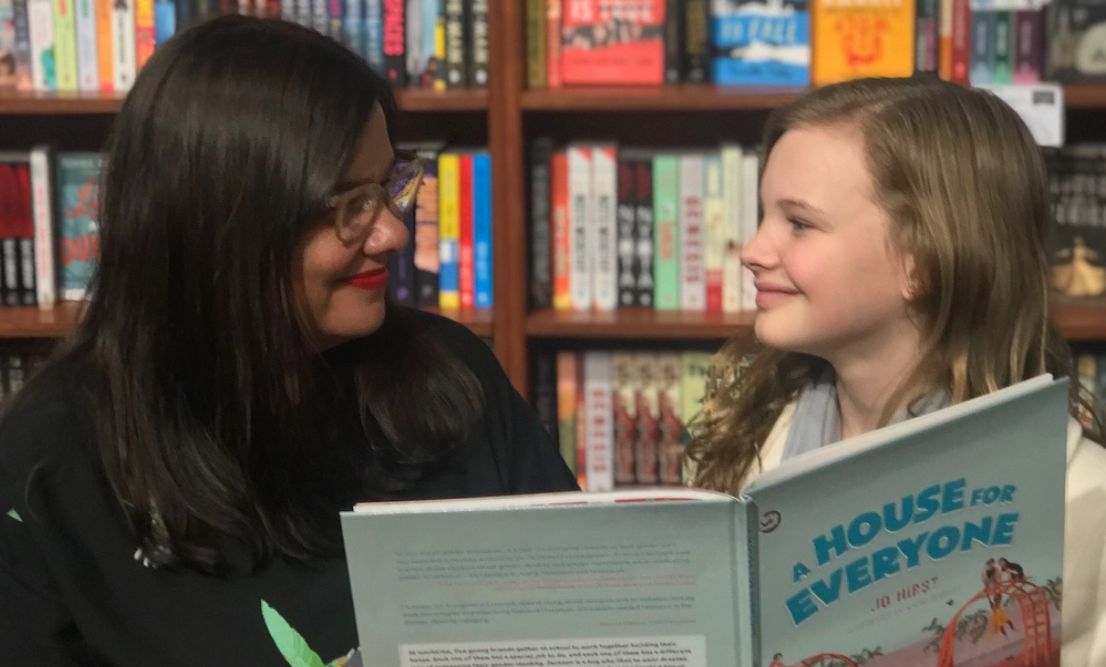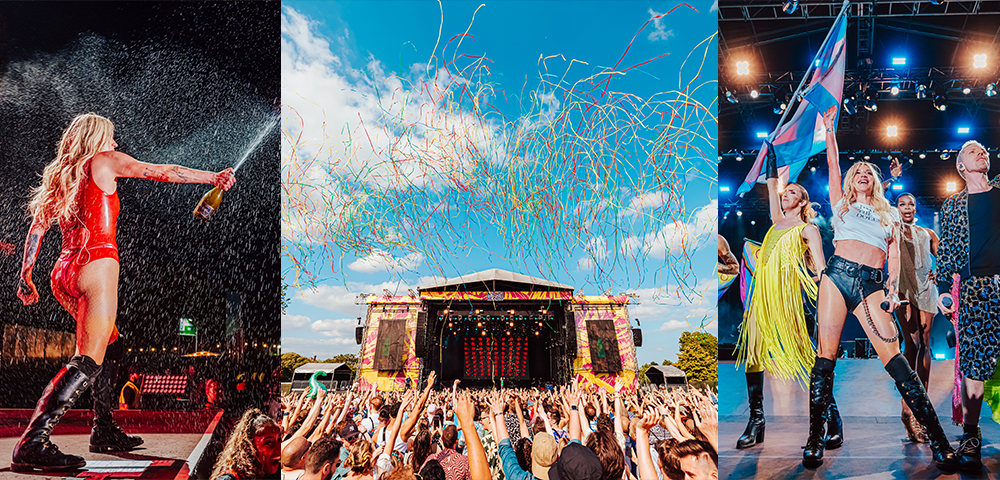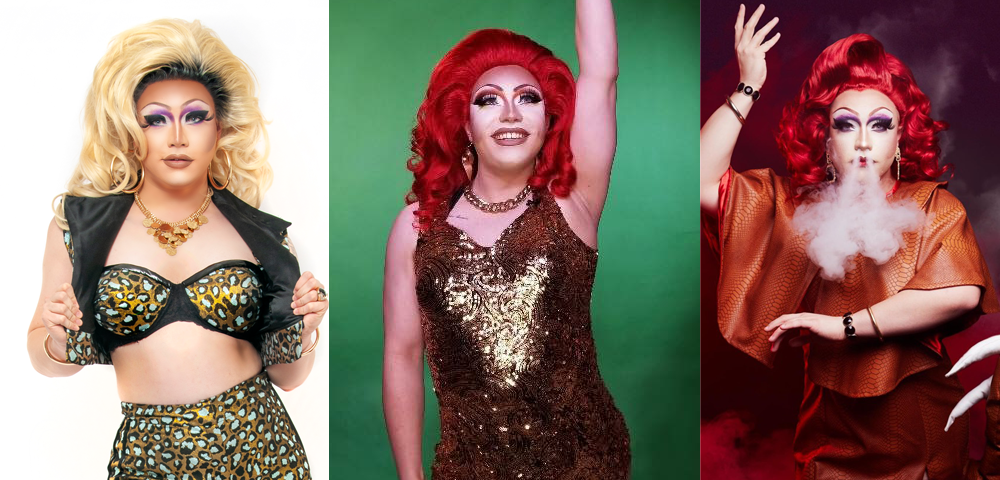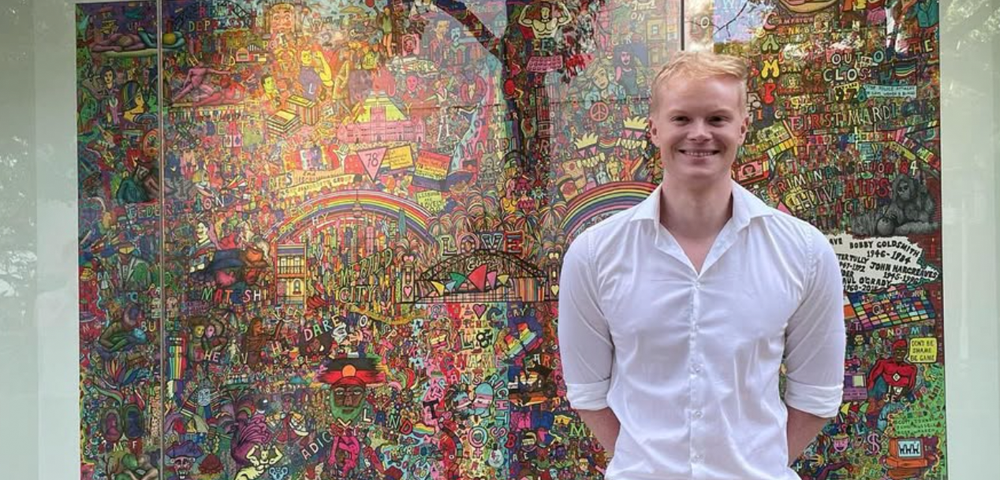
‘When I grew up LEGO wasn’t marketed this aggressively’: trans advocate and author Jo Hirst

Author and mother of a trans child Jo Hirst has just released her new children’s book, A House for Everyone. She spoke to Matthew Wade about the importance of breaking gender stereotypes from a young age.
***
When author Jo Hirst released her inclusive children’s book The Gender Fairy, there weren’t any books on the market that positively depicted what it was like to be a trans child.
The book—which follows the story of two trans children who are comforted by a fairy—was embraced by children and parents alike, something Hirst says was a testament to its importance.
“It reinforced that what I’d written was needed,” she says.
“Parents, schools, and kindergartens are always in need of resources, especially if they have children transitioning, and books like [The Gender Fairy] can help explain what’s happening to the other kids.
“I loved getting pictures of young people taking the book with them to bed, or their grandparents reading it to them… all children need to see themselves validated.”
According to the Royal Children’s Hospital in Melbourne, at least 1.2 per cent of young people in school are transgender; that is, at least one in every hundred students.
And in 2017, the Telethon Kids Institute in Australia released research indicating that 48.6 per cent of the young people they surveyed identified as non-binary.
For Hirst’s follow-up book, A House for Everyone, she decided to tackle gender stereotyping while embracing more non-binary identities, to help young people have conversations about them from an early age.
She highlights recent research from Plan International Australia’s Dream Gap, which revealed that 98 per cent Australian girls felt they were treated unequally to boys.
“We’re seeing more and more books challenging gender stereotyping, which is fabulous,” she says.
“Because at the moment gendered marketing towards girls and boys is stronger than it’s ever been – when I grew up Lego wasn’t marketed this aggressively.
“A House for Everyone not only tackles gender stereotyping but brings in a whole rainbow of gender diversity. [Non-binary] children exist, and we need to celebrate them.”
The new book is ultimately a simple, engaging story that shows children it’s okay to be themselves.
When its predecessor The Gender Fairy was released, it was weaponised by anti-LGBTI groups like the Australian Christian Lobby and the Coalition for Marriage, who used it as a prop in their war on young trans and gender diverse people.
Hirst says she doesn’t see how they could do the same with her new book, but that likely won’t stop them from trying.
“I think what they tend to do is use anything that helps trans people and reframe it in a negative way,” she says.
“Because of the political climate at the moment, these extremist lobby groups have frightened politicians and education departments aren’t allowed to write these resources, so there’s no-one out there doing it.
“I don’t want to have to write this book, but if I don’t who else will?”









